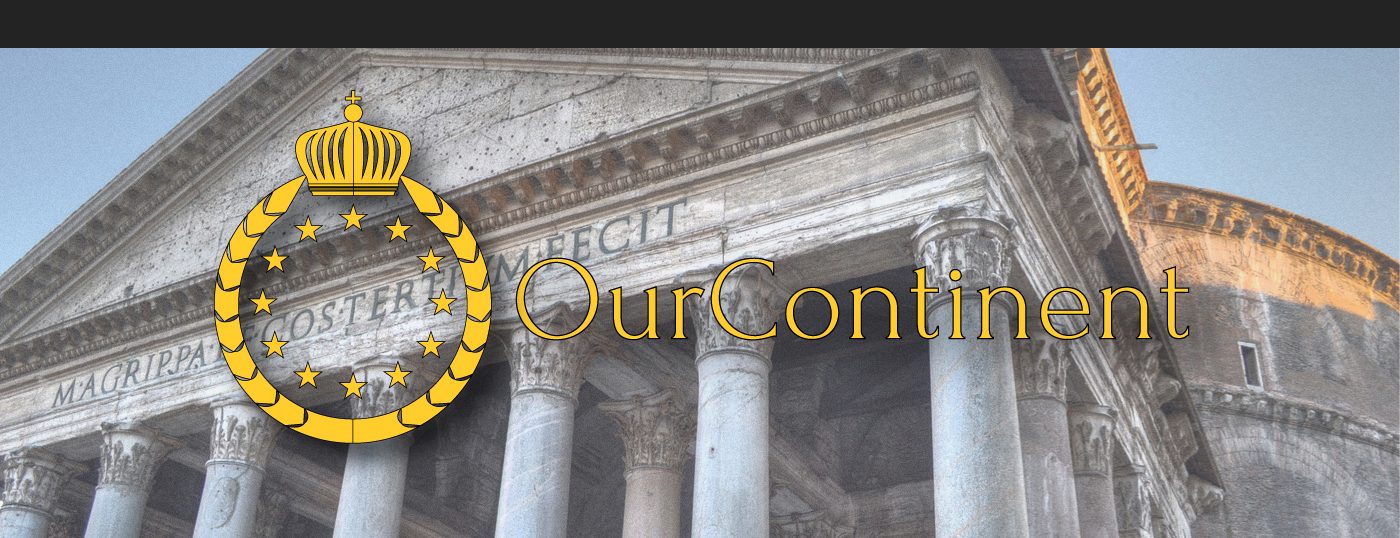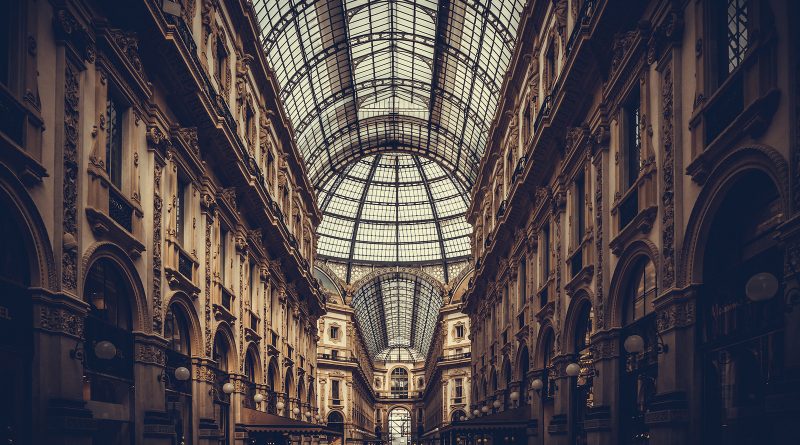Classical architecture: symbol of European Civilization
We often view European civilization as a continuum that stretches across space and time, with its roots and foundations to be found in the Ancient World. It was during the time of the Roman Empire, under influence of Greco-Roman culture, that large parts of our continent were first touched by the fruits of higher civilization, in the form of civic institutions, scholarship, standards of living and advanced technology. Many concepts that would seem very familiar to us today were already present in the Ancient World. In this way, Antiquity can be seen as the founding period of what would become known as European civilization. While the Ancient world order at one time almost completely collapsed, its spirit survives and affects us to this day.
Antiquity is still all around us. We encounter it almost every day of our lives, on our commute to school or work, on a stroll through our city centre or even in the very house where we live. In the form of Classical architecture, the spirit of Antiquity can still be found everywhere in Europe. It is today perfectly trivial to us that our urban landscapes bear much semblance to the Ancient World. And why should it be special to us? After all, this is the world which most of us grew up in, it is a sight which we have experienced all our lives. Naturally, humans adapt subconsciously to their surroundings and become conditioned to their environment. As we live out our lives, the Classical architecture of our cityscapes quickly becomes second nature, a familiar backdrop to our daily routine.
But when you stop to think of it, the prevalence of these kinds of structures throughout our societies has some profound implications. The majestic pillars and pediments, pedestals and bows, statues and domes are ways in which our forefathers chose to express themselves. By using these themes, Europe’s forefathers instilled a deep meaning in the Ancient World, They marvelled at the Ancients’ succes and realised that their history would be profoundly different, were it not for the Ancient World. The wisdom of Greek philosophy and the glory of the Roman Empire, were felt as part of a destiny that was ready to be reinvigorated, part of a heritage that they each considered their own.
We must realise that, in the end, this heritage belongs to all Europeans. After all, the Roman Empire encompassed almost the entite landmass of Europe, while Ancient ideas and innovations reached far beyond its borders, their influence piercing through the centuries. While dreams of empire have long since vanished, and the Ancients have long been surpassed, their legacy leaves an unmistakable mark on our present world. A fact that is demonstrated throughout our societies, quite seemingly in terms of Classical art and architecture, but more subtly in the area of science and philosophy, our institutions and our overall view of the world. The legacy of the Ancient World, thus, marks a common cultural and intellectual landscape and reveals a deep connection between our sister nations.
Classical architecture is one of the most defining elements of European civilization and it is hugely symbolic for Europe’s shared heritage. It is the superficial manifestation of a deeper cultural and philosophical underpinning of our societies and our way of life, one that stretches all the way to the Ancient World. Classical architecture is thus a physical reflection of the cultural connection between all Europeans, reflecting that, in addition to their national culture, they belong to the wider cultural community of European civilization. The grandiose structures we are all so familiar with, are the product of a collective consciousness, and are symbolic of a cultural continuity that is definitely, and undeniably pan-European.





